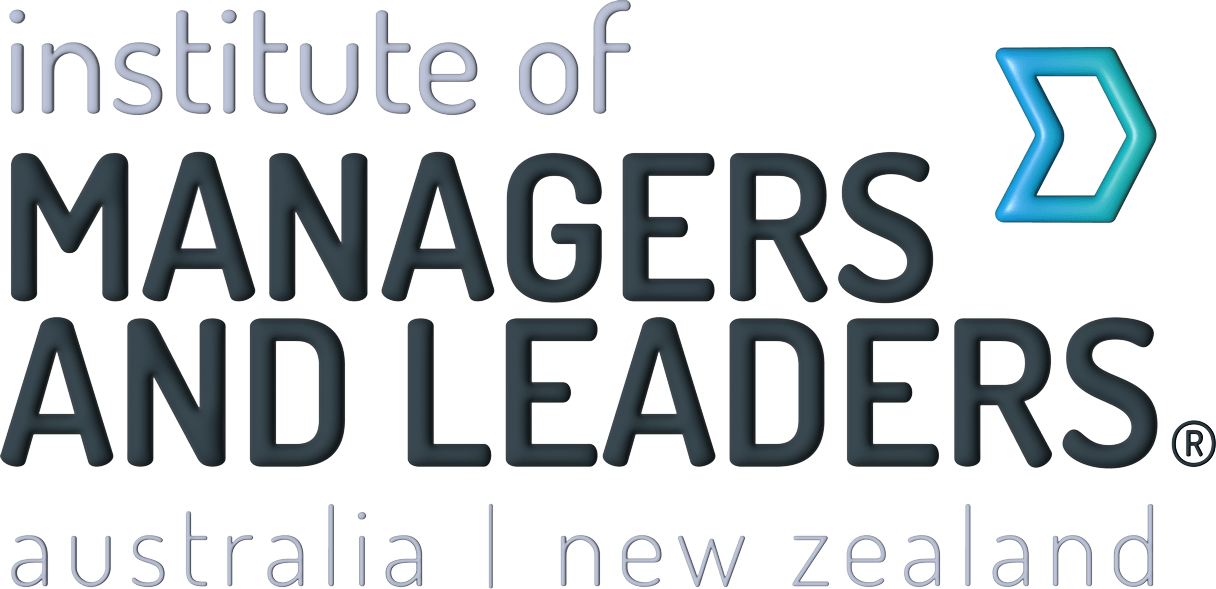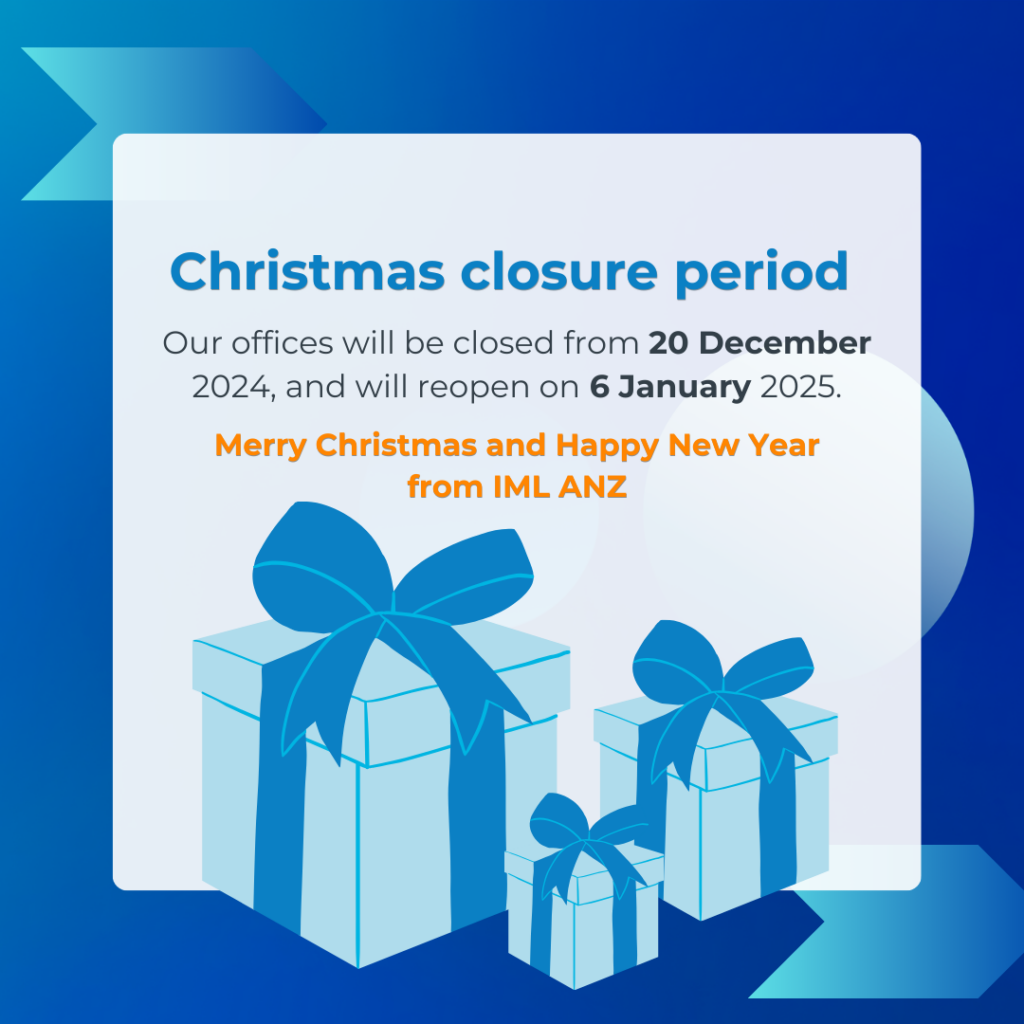With a new name comes a new resolve for the Institute of Managers and Leaders to treat leadership more holistically, as seen in our latest book, Leadership Matters: 7 Skills of Very Successful Leaders
By David Pich
As you can probably imagine, over the past two years as chief executive of the Institute of Managers and Leaders (formerly the Australian Institute of Management), I’ve heard an awful lot about leadership. I’ve also been asked a lot about it and I’ve read a lot about it. I’ve spoken to the Institute’s members – and lots of other managers and leaders – about leadership. That’s an awful lot of conversations about leadership. And so there should be: leadership matters.
After all of these conversations and discussion about leadership, there’s little doubt in my mind that it’s best defined as being a unique blend of inspiration and perspiration. But a rarely acknowledged issue is that the vast majority of today’s thinking around the topic of leadership is focused on leadership > from the inspiration perspective. While undoubtedly important, this perspective is what I think we all might agree is the ‘sexy stuff’ of the leadership debate.
Today we’re living in a post-psychology world. We’re surrounded by – and the debate about leadership is dominated by – soundbites and memes and by reality TV. These days every person and their dog (or indeed their cat) has a blog, a LinkedIn profile, an Instagram account, a Pinterest page and a Twitter feed about leadership.
We’re bombarded with images and quotes telling us that leaders must be resilient, authentic, brave and emotionally intelligent. We’re reminded that leaders must listen, reflect, sympathise, empathise and every other form of ‘ise’ you can think of.
All of this is what I like to call the LGS stuff – or the leadership guilt stuff.
It’s the stuff that makes us as leaders feel inadequate. Of course, it’s the stuff that sells coaching sessions, self-help courses and lots and lots of books, and let’s face it, keeps people like Tony Robbins in business!
It’s all absolutely true of course. A leader does need to be resilient, authentic, brave, emotionally intelligent and all the other things. There is absolutely no doubt that all the leadership guilt stuff is important in making in good leader become a great leader. It’s true there are personal attributes that leaders must develop and hone to improve their leadership. And it’s absolutely true that myriad books, coaching options and indeed Tony Robbins-inspired courses can – and do – assist.
And it was this observation that led to the Institute’s first book on leadership for a number of years.
Leadership Matters: 7 Skills of Very Successful Leaders tackles the real work of leadership. It looks at the nitty gritty, the tough stuff. It’s about the leadership grunt rather than the leadership guilt.
So, why did we decide to take the leadership road less travelled with our first book under the newly named Institute?
The answer lies at the heart of the rebrand of the Institute. The newly named Institute will focus on setting the standard of management and leadership competence and striving to see this standard accepted nationally. At the heart of this will be a focus on the things that managers and leaders actually do to mark themselves as great managers and leaders. This focus, by definition, is about the perspiration of leadership.
In short, you can be the most resilient person it’s possible to be. You can be acutely aware of yourself and in touch with your own emotions and feelings and you can be as bold and brave as the next manager and leader. But this alone won’t guarantee you success in the profession that is management and leadership. Having the ‘right’ personality and behavioural traits will only get you so far. If we’re going to set the standard for management and leadership competence and if we’re going to accompany managers and leaders on their personal leadership journey, we must look at leadership much more holistically.
We must include the hard work, the heavy lifting, the tough stuff. This is exactly what the book does. It tackles the perspiration of leadership. It does this by considering seven of the core skills that contribute to successful leadership. There are others of course. But the seven skills detailed in the book are those skills that, in researching the book, the Institute’s Policy and Research team found were ubiquitous.
The seven skills of very successful leaders are: Setting strategy; Defining culture; Leading people; Making decisions; Ethical leadership; Inclusion; Networking.
CHAPTER 1: SETTING STRATEGY
The Institute’s book starts where successful leadership typically begins – with a plan.
Successful leaders have a plan. They have a vision and a direction, and they know where they’re going and why they’re going there.
Successful leaders tend not to wing it. They don’t make a habit of guessing or second guessing. On the contrary, they set out on a path with a relatively clear view of where they’re going and how they intend to get there. Of course, good leaders need to be flexible in the execution of their plan, but they never lose sight of the ultimate objective that lies at the heart of their strategy.
A good example of the power of plan – or a dream – is seen in the leadership of Martin Luther King.
MLK had a dream – he had a vision. He knew what the future could look like. He could see the possibilities.
Of course, as leaders we can only dream of having a mere fraction of the impact MLK had, but to be successful we can perhaps take a little leaf out of his leadership book.
CHAPTER 2: DEFINING CULTURE
Successful leaders must focus on getting the environment right so that they – and their team – can deliver the strategy.
Culture is absolutely key, but it’s all too often ignored because it’s too often placed in the too-hard basket. At its heart, culture is about people. It’s about the people we work with and the teams we work in. These people and these teams are all absolutely crucial to the success of a leader.
The culture a leader creates will determine the success of the strategy and ultimately the success of the leader.
This chapter of the book asks leaders to think about their business, their team and, more broadly, their organisation. It asks what the core strategy is and whether the culture is aligned to that strategy. Are the recruitment, reward, recognition and reporting policies and processes aligned to support the strategy? Of course, if the culture doesn’t support the strategy, change will be required.
CHAPTER 3: LEADING PEOPLE
This chapter is possibly the defining chapter of the book. In terms of successful leadership, it’s the BIG ONE, the piece de resistance. There can be no doubt that a leader leads.
In one sense, managing is easy. Managing is about knowing the processes and implementing them. It’s about dotting the i’s and crossing the t’s. It’s about following the rulebook and ticking the boxes. But leading people is something else entirely.
Leading – and leadership – is about recognising and celebrating individual differences, motivations, skills and experiences. It’s about balancing the individual, the team, the plan, strategy and the vision. And then working hard to keep the all of these often competing demands in balance while delivering.
CHAPTER 4: MAKING DECISIONS
That leaders make decisions is an obvious statement of fact. But successful leaders make the right decisions and they make those based on sound research and wise counsel.
In this chapter we argue that successful leaders typically understand the decision-making process. They weigh up the options, they narrow things down, they analyse and — of course — they agonise. But after all of this, they make a decision. There is, of course, another thing that successful leaders do when making decisions . . . they consult. This aspect of decision making means they identify those experts they can trust and rely on and then they ask questions and listen to the answers.
CHAPTER 5: ETHICAL LEADERSHIP
In essence, this chapter urges managers and leaders to be ethical. Always.
Effective leadership is based on the principle of leading by example. Successful managers and leaders cast a shadow that others walk in, find comfort in and seek to copy. As such, leaders must set the bar for what’s right and what’s wrong and this bar needs to be set much higher than many of today’s leaders chose to set it.
The role of a leader is to set the standard of behaviour that others look up to. When it comes to ethical behaviour, successful leaders must walk the talk.
CHAPTER 6: INCLUSION MATTERS
This chapter argues that successful leaders celebrate, support and encourage diversity and inclusion.
Leaders must look to the future while keeping a sharp eye on the present. And they must recognise the future is likely to be different. Leadership is about recognising this and celebrating this difference – and embracing it. Leaders must prepare now for that future.
Successful leaders are coaches and mentors. They are inclusive. They involve and include people regardless of gender, sexuality, ethnicity, disability or colour and they operate without prejudice and with an innate sense of fairness.
CHAPTER 7: NETWORKING IS WORKING
This chapter supports a long-held view of the Institute. We believe that successful leaders get out of their offices; they meet people, they network. A successful leader has a significant group of people he or she can turn to, rely on, and be with.
No leader is an island, they must keep up to date and well across the latest thinking, technology developments and people. They need get out there, get known and be seen.
To coin a phrase I personally find really quite dreadful, to be successful in the modern world, leaders do need to put some time into their personal brand. Of course, this doesn’t mean that networking and connecting socially always comes easily to every leader, but leaders recognise the power that comes from of having a finger on the pulse of knowledge and information.
In this way, the Institute believes that successful leaders recognise that networking is working.
- Click here to secure your copy of Leadership Matters for the special member price of $25 (including postage)
















